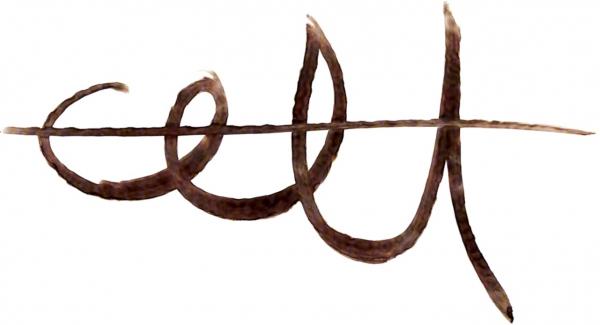12-07-2019, 09:26 PM
I drew a simple line drawing with a marker on a transparency sheet.
Then I scanned it to create a digital image of the drawing on my computer.
Now I would like to do 2 things with the image:
1) Make the image solid black on a white background... Removing shade and color variance while retaining image sharpness
2) Make the program show all the little vector points so I can smooth out the line imperfections 1 by 1.
I'll include the drawing in case it helps.

Then I scanned it to create a digital image of the drawing on my computer.
Now I would like to do 2 things with the image:
1) Make the image solid black on a white background... Removing shade and color variance while retaining image sharpness
2) Make the program show all the little vector points so I can smooth out the line imperfections 1 by 1.
I'll include the drawing in case it helps.




